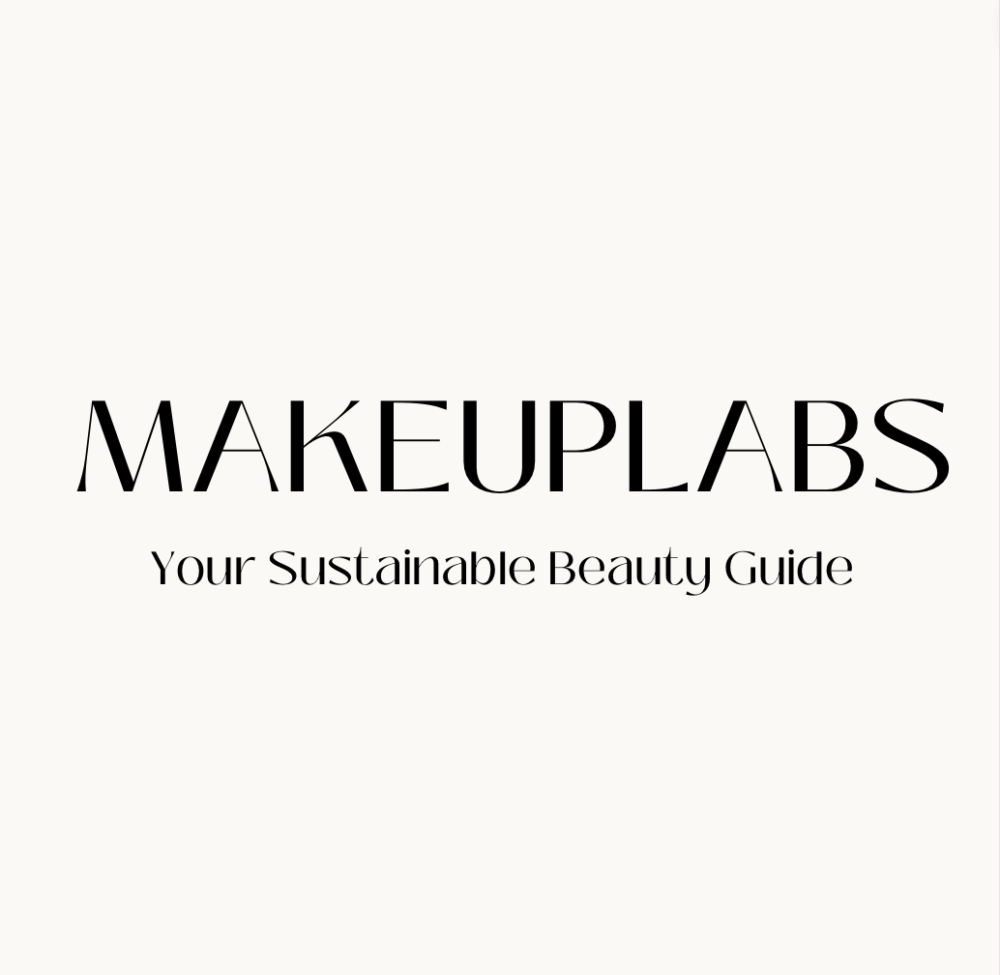
Clearing the Mist: Why Does Organic Makeup Cost More?
As consumers become increasingly conscious of the ingredients they apply to their skin, the demand for organic makeup has seen a significant rise in recent years. However, one concern that often arises is the higher price associated with organic makeup compared to conventional cosmetics. In this article, we will delve into the factors that contribute to the higher cost of organic makeup, shedding light on the value it offers in return.- Sourcing High-Quality Organic Ingredients and Formulation Complexity:
- Research and Development and Shelf Life (approx. 250 words):
- Third-Party Certifications and Testing:
- Sustainable and Ethical Practices:
- Niche Market and Limited Demand:







